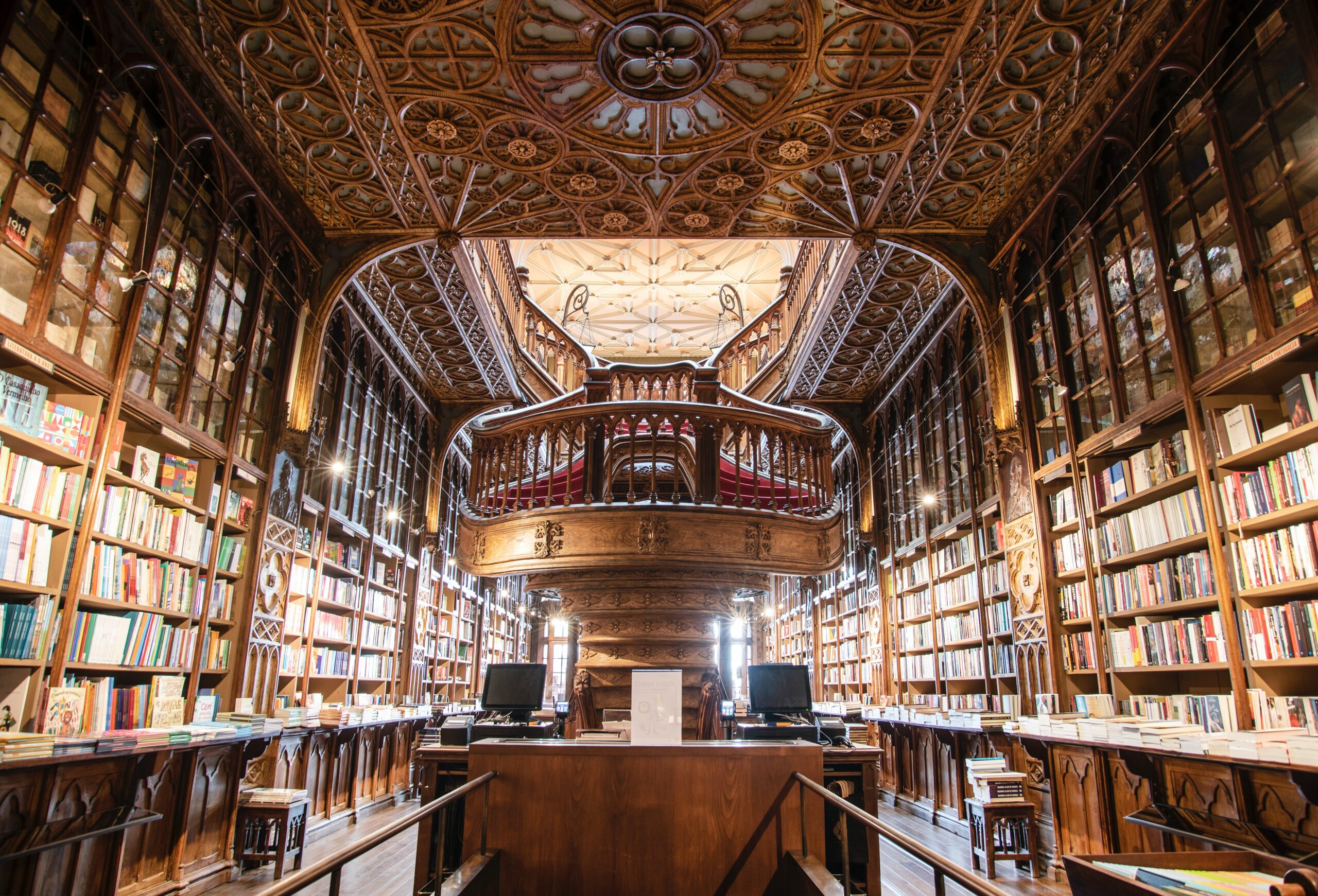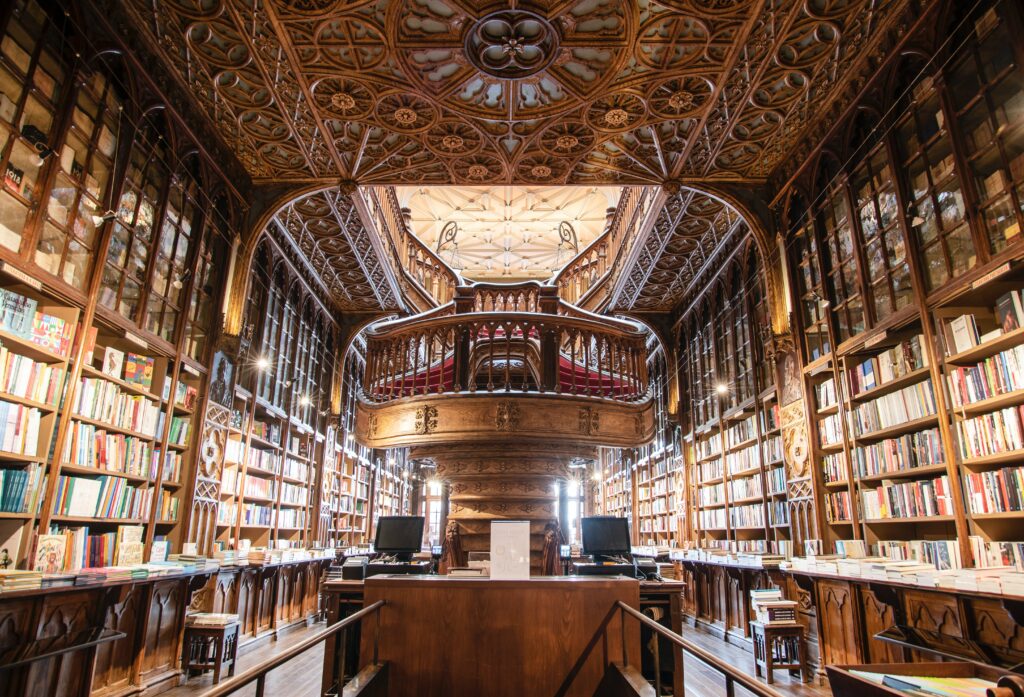
Table of Contents
Introduction of The Ancient Germanic Alphabet
The ancient Germanic alphabet is a captivating tapestry of linguistic history, cultural richness, and symbolic significance. In this exploration, we will delve into the intricacies of runic writing systems, including the Futhark, Elder Futhark, Gothic alphabet, Anglo-Saxon runes, and Viking runes. Additionally, we’ll touch upon the broader linguistic context within the Germanic languages, encompassing Old Norse, Old English, and Old High German.
Runes and Futhark: The Foundations of Germanic Writing
Runes: Ancient Scripts Carved in Time
Runes form the basis of the ancient Germanic writing systems. These characters, with their angular shapes, were not just letters but held deeper symbolic and magical meanings in the cultures that used them.
Futhark: The Runic Alphabets
Futhark refers to the first six runes in the runic alphabets. The term is a combination of the first six letters: F, U, Þ, A, R, and K. The runic scripts evolved over time, each with its own variations and cultural influences.

Elder Futhark: An Ancient Runic Journey
Elder Futhark: The Proto-Germanic Script
Elder Futhark represents the earliest form of the runic alphabets. Originating around the 2nd to 8th centuries, it consists of 24 characters. Each rune held not only a phonetic value but also a symbolic meaning connected to the natural and supernatural world.
Gothic Alphabet: The Runic Legacy in the East
Gothic Alphabet: A Distinctive Runic Tradition
The Gothic alphabet was used by the Goths and incorporates runic elements. Though distinct from other runic scripts, it showcases the lasting impact of the runic tradition in different Germanic cultures.
Language And Culture 101 – Incredible Secrets – Searchsynonym
Anglo-Saxon and Viking Runes: The Norse Connection
Anglo-Saxon Runes: Expressing Old English
Anglo-Saxon runes were employed in Anglo-Saxon England to write Old English. The runic system adapted to the linguistic nuances of the time, reflecting the phonological shifts in the language.
Viking Runes: Navigating Norse Languages
Viking runes, particularly the Younger Futhark, were prevalent during the Viking Age. These runes adapted to write Old Norse, capturing the linguistic intricacies of the Viking world.
Germanic Languages: The Linguistic Landscape
Germanic Languages: A Linguistic Family
The Germanic languages, including Old Norse, Old English, and Old High German, share a common linguistic ancestry in Proto-Germanic. The runic scripts played a vital role in recording the nuances of these languages.
Germany Flag Waving – Colors, Meaning & History – Searchsynonym
Linguistics and Writing Systems: Unraveling the Threads
Linguistics: A Multifaceted Study
The study of linguistics involves exploring various dimensions, such as phonology, morphology, syntax, and semantics. In the context of the ancient Germanic alphabet, linguistic analysis unveils the structural intricacies of these scripts.
Exploring The World Of Language – Searchsynonym
Writing Systems: The Orthographic Landscape
The evolution of the Germanic writing systems reflects the development of orthography—the standardized conventions of writing. Understanding the orthographic choices in ancient inscriptions and manuscripts provides insights into linguistic evolution.
Calligraphy and Typography: Crafting Visual Language
Calligraphy: Artistic Expression in Script
Calligraphy breathes life into the written word. The skilled hands of scribes and artisans transformed the runic scripts into captivating visual art, preserving both language and culture.
Typography: Digital Resonance of Ancient Scripts
In the modern era, typography preserves the visual essence of ancient scripts. Fonts inspired by runic alphabets such as the ancient germanic alphabet pay homage to the historical roots, ensuring the continued visibility of these ancient symbols.
Inscriptions, Manuscripts, and Epigraphy: Preserving the Past
Inscriptions: Carving Words in Stone
Inscriptions on runestones and artifacts bear witness to the ancient Germanic cultures. These tangible remnants provide valuable insights into the everyday life, beliefs, and language of the past.
Manuscripts: Literary Treasures in Runic Form
Runic manuscripts, though fewer in number than Latin manuscripts, are precious relics. They contain sagas, poems, and religious texts, offering a unique perspective on the literary heritage of the Germanic peoples.
Epigraphy: Decoding Ancient Inscriptions
The study of epigraphy involves deciphering inscriptions on various surfaces. Runic epigraphy enables scholars to uncover the historical and linguistic aspects embedded in these ancient writings.
History, Culture, and Mythology: Contextualizing Runes
History: Tracing the Runic Timeline
The history of runic scripts and the ancient Germanic alphabet intertwines with the broader historical narrative of the Germanic peoples. From their origins to their decline, runes tell a tale of cultural shifts and influences.
Culture: Runic Symbols as Cultural Artifacts
Runic symbols are not merely linguistic tools; they are cultural artifacts laden with meaning. Understanding these symbols provides a window into the values, beliefs, and customs of ancient Germanic cultures. Germanic Tribes: Jaw-dropping Runes, Language, And Culture – Searchsynonym
Mythology and Religion: Runic Symbolism
Runic symbols often held mythological and religious significance. They were not only a means of communication but also a bridge to the spiritual realm, embodying the connection between the earthly and the divine.
Folklore and Symbolism: Tales Encoded in Runes
Folklore: Runic Tales Passed Through Generations
Runic symbols found their way into folklore—oral traditions that transmitted cultural wisdom. The tales of runic inscriptions and their magical properties enriched the tapestry of storytelling.
Symbolism: The Hidden Meanings of Runes
Each rune carried symbolic weight beyond its phonetic value. Understanding the symbolism embedded in runic scripts unveils layers of meaning, often tied to nature, destiny, and the cosmos.
Art, Archaeology, and Anthropology: Exploring Multidimensional Realms
Art: Runic Scripts as Artistic Expressions
Runic scripts transcend mere communication; they are artistic expressions. The intertwining of form and function in runic calligraphy and inscriptions highlights the aesthetic sensibilities of ancient Germanic cultures.
Archaeology: Unearthing Runic Treasures
Archaeology unearths the material remnants of ancient civilizations. Runic artifacts, from inscribed objects to runestones, enrich our understanding of the daily lives and material culture of the Germanic peoples.
Anthropology: Tracing Linguistic Threads
Anthropological studies delve into the sociocultural aspects of linguistic evolution. By examining runic inscriptions, anthropologists can trace linguistic threads, revealing patterns of migration, trade, and cultural exchange.
Conclusion
The ancient Germanic alphabet, with its runic scripts, serves as a gateway to a rich tapestry of linguistic, cultural, and symbolic dimensions. From the early runic inscriptions to the calligraphic masterpieces, each rune whispers stories of the past, preserving the legacy of the Germanic peoples.
Frequently Asked Questions
What are ancient Germanic alphabets called?
The ancient Germanic alphabets are often referred to as “runes.”
What character was used to write ancient Germanic languages?
The runic script, composed of runic characters, was historically used to write ancient Germanic languages.
What is a noisy commotion from a crowd?
A noisy commotion from a crowd is commonly referred to as a “uproar.”
What is the history of the Germanic script?
The history of the Germanic script is intertwined with the use of runes, which were employed by various Germanic tribes. Runic inscriptions have been found on artifacts, memorial stones, and other objects, providing insights into the written communication of the ancient Germanic peoples.
What is the oldest Germanic language?
The Gothic language, as attested in the Gothic Bible translation by Bishop Ulfilas (Wulfila) in the 4th century, is among the oldest known Germanic languages for which written records exist.




Hi, I truly appreciate what you posted. Could we discuss your topic in more detail on AOL? I think you might be the expert in this sector I need to help me with my issue. It will be a pleasure to talk to you.
I do believe all the ideas youve presented for your post They are really convincing and will certainly work Nonetheless the posts are too short for novices May just you please lengthen them a little from subsequent time Thanks for the post
Somebody essentially lend a hand to make significantly articles Id state That is the very first time I frequented your website page and up to now I surprised with the research you made to make this actual submit amazing Wonderful task